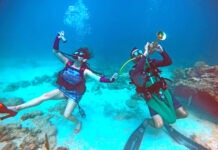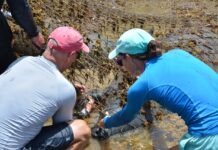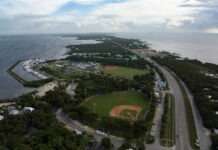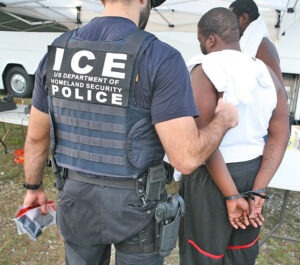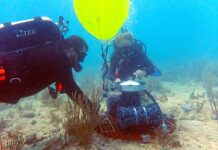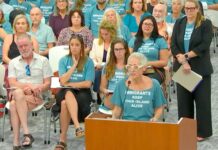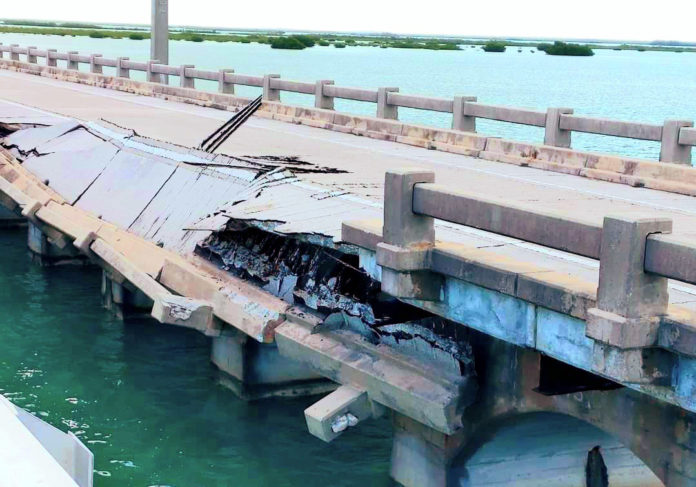
For 112 years, time, tide and travel have taken their toll on the 23 historic bridges that make up the Florida Keys Overseas Heritage Trail. Once crucial to Henry Flagler’s Overseas Railway, but long closed to all vehicles, the bridges that exist alongside U.S. 1 have been used for decades by pedestrians, cyclists and fishermen.
They’re listed on the National Register of Historic Places, but they’re falling apart, quite literally.
A large chunk of the historic Shark Channel Bridge at MM 11 fell into the ocean on April 15, one day after officials had closed it and implored people to heed the barricades and stay away. Dean Richardson, a field inspector for the Florida Department of Transportation, put up the barricades and secured both ends of the bridge on April 14, after confirming reports of significant safety and structural issues. He immediately notified the U.S. Coast Guard, the Monroe County Sheriff’s Office and the Keys Weekly to publicize the safety alert.
The very next day, Facebook users posted photos of the bridge with a large segment of railing and bridge deck having fallen into the ocean below.
FDOT contracts with a company to handle safety inspections for the road and bridges of U.S. 1 that are used by vehicles. The Florida Department of Environmental Protection and its Office of Greenways and Trails manages the car-free Florida Keys Overseas Heritage Trail and its 23 historic bridges as part of a 2001 agreement between the state and Monroe County.
U.S. Coast Guard Sector Key West began on April 14 issuing a broadcast notice to mariners regarding the Shark Channel Bridge, said USCG Lt. Christopher Papas, chief of the inspections division. “The notice will continue to be broadcast for the foreseeable future. Additionally, all pedestrian bridges running parallel to U.S. 1 in the area have signage warning boaters of potential falling debris. While these signs are not posted or maintained by the Coast Guard, we encourage boaters to heed all warnings regarding hazards on the water,” Papas added.
The Keys Weekly has requested inspection reports for the 23 historic Keys bridges from the FDEP press office and is awaiting further information.
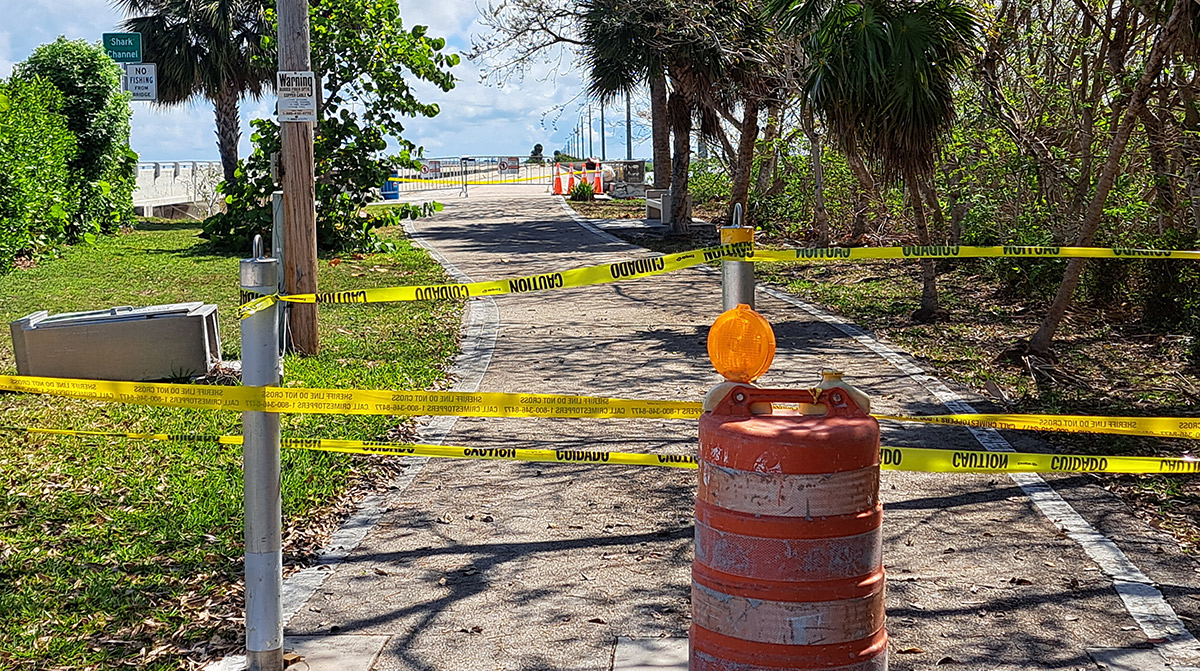
Costly repairs
In 2016, a DEP report estimated that restoring all 23 historic bridges would cost $184 million. The report said portions of deck overhangs threatened to collapse into the water, and that that already had happened to the Niles Channel Bridge in 2011.
Following the 2011 closure of Niles Channel Bridge, the FDEP in March 2014 announced the closure of four more historic fishing bridges for safety purposes: the Ohio-Missouri, Ohio-Bahia Honda, Missouri-Little Duck and Lower Sugarloaf.
The department noted that the bridges were part of the Florida East Coast Railway, built around the turn of the last century. While not used for transportation, they are evaluated for safety concerns based on a 2001 memorandum between the state and Monroe County.


